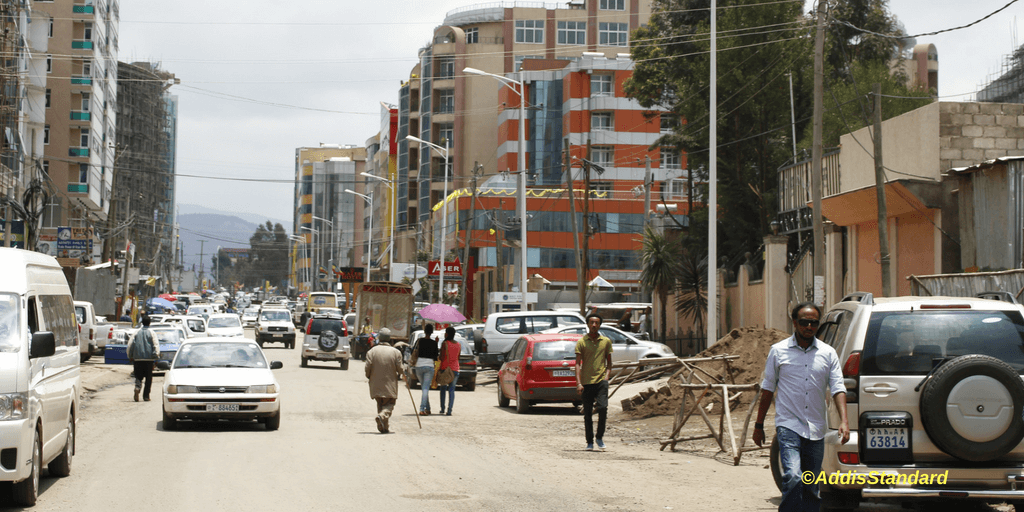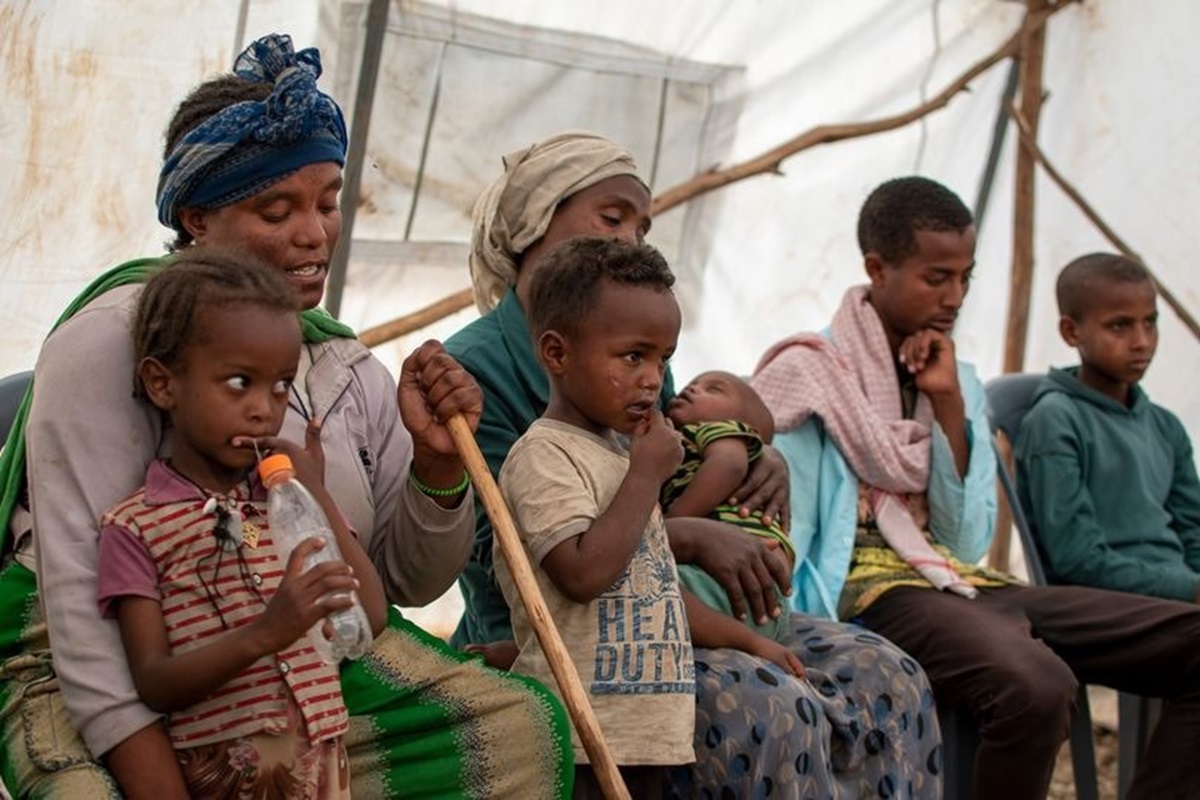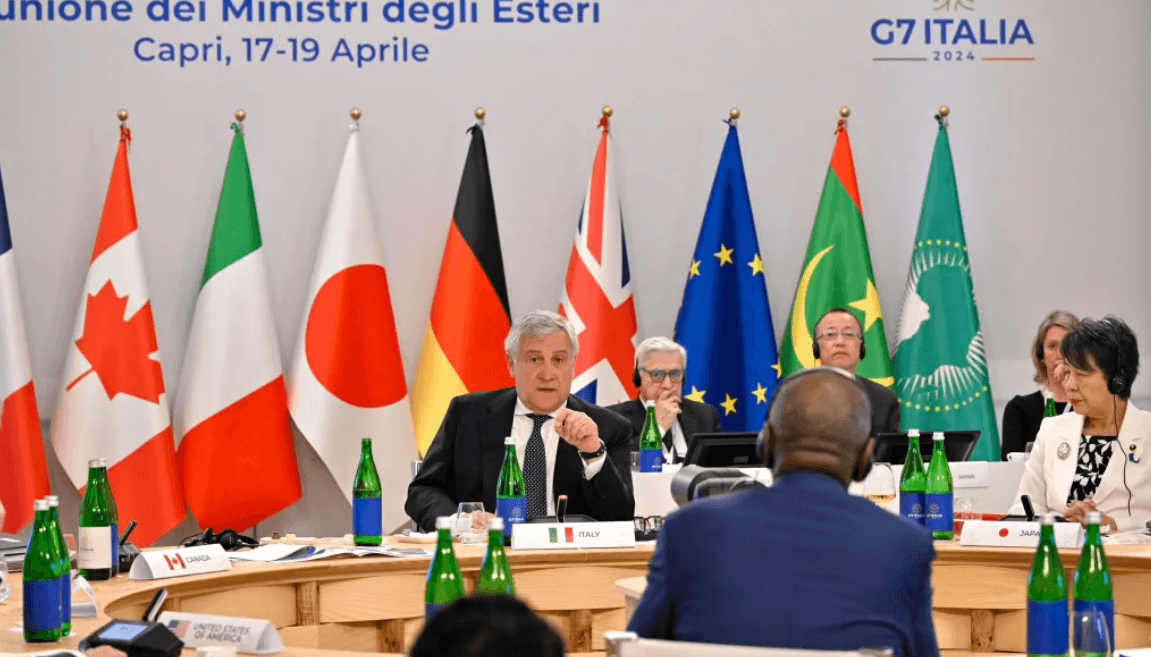Celebrating the ‘Otherness’?
Our columnist Taye Negussie (PhD) argues that at the root of EPRDF’s ethno-centric ideology is the dubious assumption which conjures up the Ethiopian state as a mechanical amalgam constituting of neatly divided, geographically contiguous and homogenous ethnic entities
On December 8, 2013 Ethiopia marked the 8th ‘Nation, Nationalities & Peoples’ Day’ in Jigjiga town, the capital of Ethiopian Somali Regional state under the theme “Our Constitution for Our Renaissance”. For the last eight years, the country has been observing the day to celebrate the day of the adoption of the current Ethiopian constitution which supposedly ‘signifies the reincarnation of the identities, traditions and languages of ‘Nation, Nationalities and Peoples long ‘repressed’ by successive past Ethiopian regimes. Hence, at the core of the celebration is a glamorous display of the uniqueness and distinctiveness of each and every ‘Nation, Nationalities and Peoples’.
From this may follow the questions: first, why it took ten solid years since the endorsement of the constitution in 1995 to commence celebrating the day as of December 2006? Second, given the festivity’s overemphasis on the disjunction rather than shared communalities of ‘Nation, Nationalities and Peoples’ what, then, stands to be the rationale that inspires them to form a single politico-economic community?
Surely, the belated commencement of the celebration would raise some doubt about the real intention behind the celebration. Whether by design or default the first occasion of celebration –December 2006–happenned to coincide with the time in which the ruling Ethiopian People’s Revolutionary Democratic Front (EPRDF) found itself marred in a political quagmire following the infamous 2005 national election. So, this may readily tempt one to doubt whether the celebration is a ‘quick-fix’ of the regime to deal with its political crisis – presumably to set off a stage for raising high its self-made image as a messiah or redeemer of ‘Nations, Nationalities and peoples’ without which they are purportedly bound to doom .
But, a fairly deeper understanding of the underlying motive behind the celebration necessarily demands a brief revisit of the party’s political profile to date.
Behind ‘Nation, Nationalities and People’
We all well know that before the assumption of power by the EPDRF-regime in 1991, the dominant ideology which structured the socio-political framework of the Ethiopian state, and which still is upheld by a significant section of the Ethiopian societies who oppose the current regime, is the ideology that could be termed as ‘pan-Ethiopianism’–a national identity that goes beyond the confines of one’s narrow ethnic, regional, and other sectarian identity; and, a national spirit which largely signifies an ideal, aspiration and a shared sense of Ethiopian consciousness.
Evidently, it was the grudge against this allegedly imposing nationalistic ideology that led some decades back to the insurgency of ethnic-based movement in the likes of Tigray People’s Liberation Movement, (TPLF), the main founder of ruling EPRDF.
The bottom-line of EPRDF’s ideology is pre-EPRDF Ethiopia was a state formed only a century back out of forced incorporation of otherwise independent population groups. Hence the coining of the notion ‘Nation, Nationalities and peoples’ (a hazy concept which never makes it explicit as to which ethnic group belongs to which category) as an ideological tool mainly geared to counterattack what is purported to be a ‘chauvinistic’ sentiment of Ethiopian nationalism. Almost all EPRDF’s political manifestos, public policies and actions, formal and informal briefings of its ideologues explicitly or implicitly aim at obliterating the spirit of pan-Ethiopianism.
As opposed to the shared sense of national unity and solidarity of pan-Ethiopianism, EPRDF’s ethno-centric ideology magnifies the primordial ethnic identity that promotes the binary system of the familiar “us” versus the strange “them”–a parochial partisan worldview which the iconic late Nelson Mandela decidedly fought against all throughout his life. Curiously, this division of the nation into distinct and potentially rivaling human groups bears a striking affinity with the classic ‘divide-and-rule’ system.
Apparently, at the root of EPRDF’s ethno-centric ideology is the dubious assumption which conjures up the Ethiopian state as a mechanical amalgam constituting of neatly divided, geographically contiguous and homogenous ethnic entities. Subsequently, ethnic identity is thought to be the sole organizing principle of the country’s socio-political life.
It should, nonetheless, be noted that this claim has never been substantiated by any anthropological and sociological empirical investigation and credible historical analysis to date. To the contrary, the few available systematic studies and common sense knowledge would rather point out, to a degree, the highly complex and dynamic nature in the composition and configuration of contemporary Ethiopian societies. This is particularly more so in the face of not so insignificant number of towns and cities across the country.
Thus, the current hegemonic ethno-centric ideology – far from being rooted in sound and credible intellectual insights – largely appears to have emanated from a limited lived-experience, ethno-centric assumptions, prejudices and stereotypes of its original architects.
Hegemonizing Ethno-centrism
Hegemony, initially a term referring to the dominance of one state within a confederation, is now generally understood to mean ‘dominance by consent’. This broader meaning was coined and popularized in the 1930s by Italian Marxist Antonio Gramsci, who investigated why the ruling class was so successful in promoting its own interests in society. For Gramsci, hegemony arises from the power of the ruling class to convince other classes that its interests are the interests of all.
Under stable condition domination is thus exerted not by force, nor even necessarily by active persuasion, but by a more subtle and inclusive power over the economy, and over state apparatuses such as education and the media, by which the ruling class interest is presented as the common interest and thus comes to be taken for granted.
Hegemony is an important tool of domination because the capacity to influence the thought of the oppressed is by far the most sustained and potent operation by the ruling power. By virtue of the effectiveness of its hegemony, the ruling power endeavors to legitimize its oppressive ideology by rendering it a sort of normative, unquestionable and sacred character.
As far as EPRDF is concerned, several structural and cognitive strategies have been designed and implemented to maintain and perpetuate the hegemony of ethno-centric politics. Primarily, the ethnic-based federal governance structure takes the lion’s share in materializing and hegemonizing the ongoing ethno-centric political project. Subsequently, the regime worked long and hard to infuse the ethno-centric attitude, feelings, beliefs and practices among the people via old or newly constructed social, economic and political institutions – though the fruitfulness and effectiveness of the endeavor remains to be seen.
On top of what was stated earlier, the aforementioned celebration of ‘Nation, Nationalities Day’, thus, needs to be seen in light of the wider ongoing endeavors undertaken by the regime in order to hegemonize its ethno-centric politics. So, the colorful celebration of the day constitutes one of the cognitive or psychological strategies that come in the form of ritual with its potent power to imbue people with emotional, sentimental and unconscious attachment with object of identity at hand.
In the final analysis, what is least controvertible is the fact that by its very nature ethno-centric identity is bound to portray one’s world in terms of the polarized social domains of “us” and “them”. Alas, this alienating and polarizing ideology is crowning in Ethiopia at the time when the world is ever getting closer to form a unified human community owing to the ongoing globalization – a phenomenon which the Danish political philosophers Hans-Henrick Holm and Georg Sorensen define as “the intensification of economic, political, social and cultural relations across borders.”
Taye Negussie (PhD) is an Assistant Professor of Sociology at Addis Ababa University. He can be reached at: tayesosa@yahoo.com







